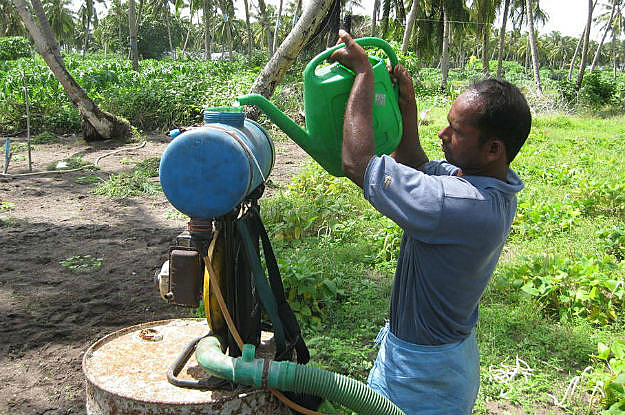Brazil’s regulatory agency Anvisa published this week in the government gazette a new classification system for pesticides that dramatically reduces the number of agents classified as “extremely hazardous.”
While recent surveys conducted before the change showed that about 800 agrochemicals were classified as “extremely hazardous” in Brazil — approximately 34.7 percent of the 2,300 approved agents –, the new system established by the agency on Thursday reduced that number to as low as 43, or 2.2 percent of the 1,924 products examined.
Previous legislation governing the classification of pesticides by hazard was enacted in 1989 and established four toxicity classes. Now the new rules are based on five classes and new criteria.
The new classification also allows products that were previously classified as “highly hazardous” for causing severe skin burns to now fall into a “moderately hazardous” category, while the previously “slightly hazardous” agents — which can cause slight eye and skin irritation, for example — will no longer require toxicity classification, and therefore will not be required to include a warning label to indicate the level of toxicity on their packaging.
The agronomist Leonardo Melgarejo, a member of the Permanent Campaign Against Agrochemicals and for Life and an expert on the topic, told Brasil de Fato that the new methodology adopted by the Anvisa poses risks to human health.
The World Health Organization (OMS) estimates that, on average, 193,000 people die every year around the globe possibly as a result of use and contact with pesticides and other chemicals.
What the regulatory agency is doing, Melgarejo argues, is focusing on measuring the risk of death of different chemicals. But putting too much emphasis on agents that are fatal and disregarding long-term concerns, such as cancer, blindness, and neurological effects “is a way to deceive society,” the expert says. “It will make people less careful about poisons that don’t cause death, but can dramatically impact a family just as much as the loss of a family member.”
The Anvisa argues that the new regulatory framework meets international standards established in the Globally Harmonized System of Classification and Labelling of Chemicals (GHS), adopted in the European Union and Asia, for example.
“It would be rational if we had a similar model,” Melgarejo says, however adding that several toxic agents that are authorized in Brazil are banned in the European Union.
“One would think that a new classification system that was supposed to match Brazil’s reality with that of the European Union would remove those products from the market. However, there is no sign that that will happen.”
The agronomist underscores that more than 30 percent of the pesticides that are marketed in Brazil are not authorized in European countries.




